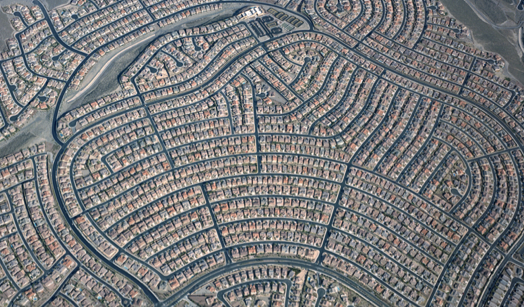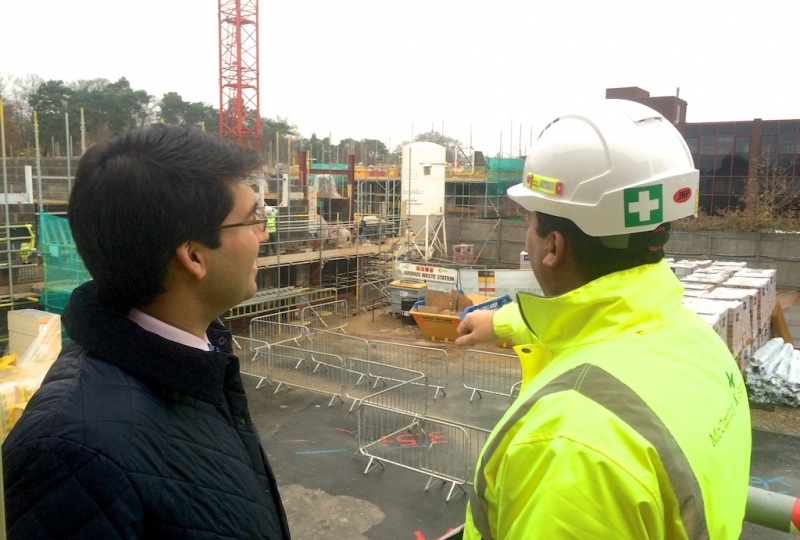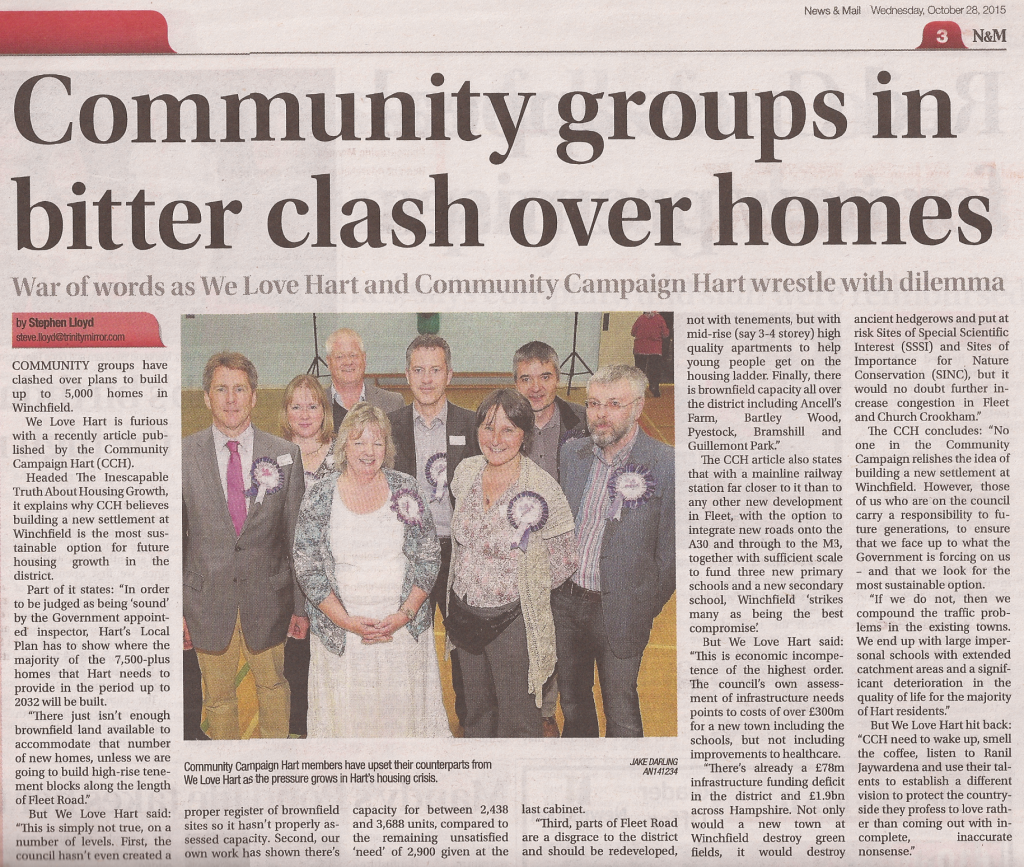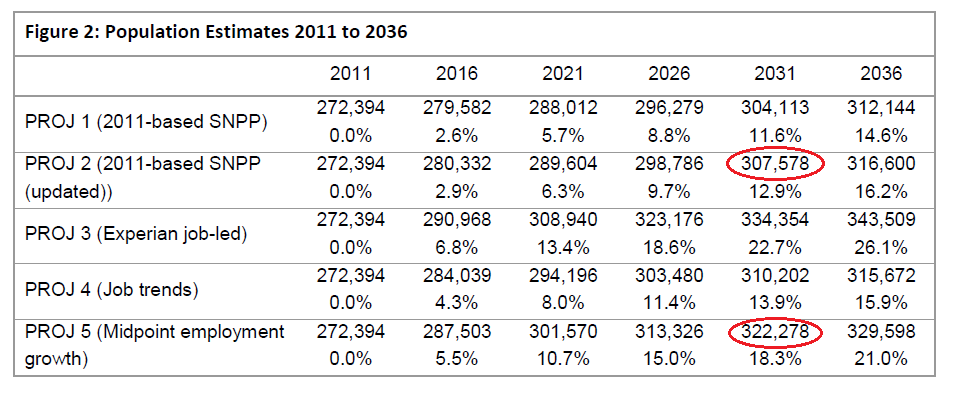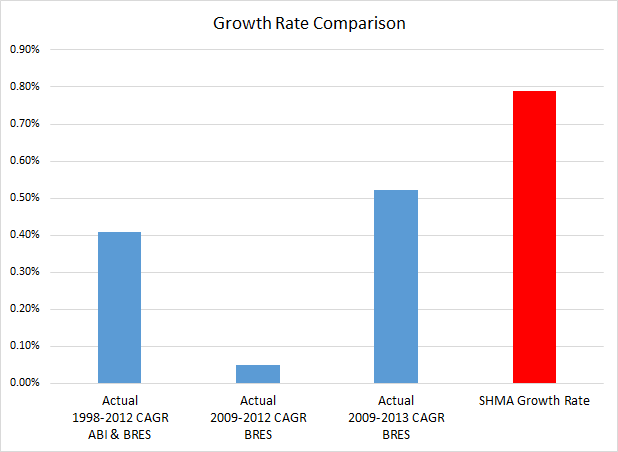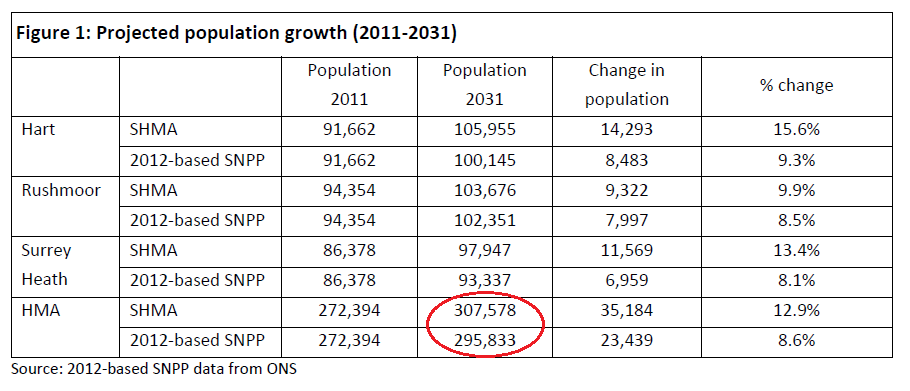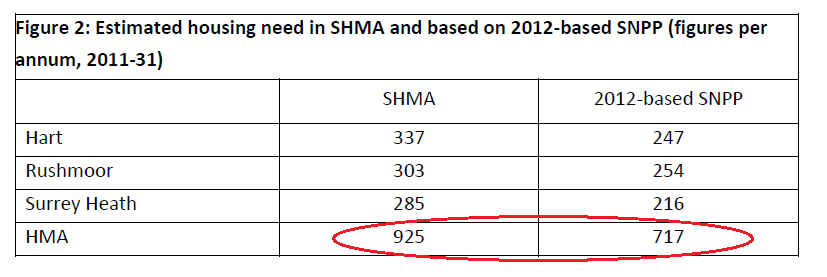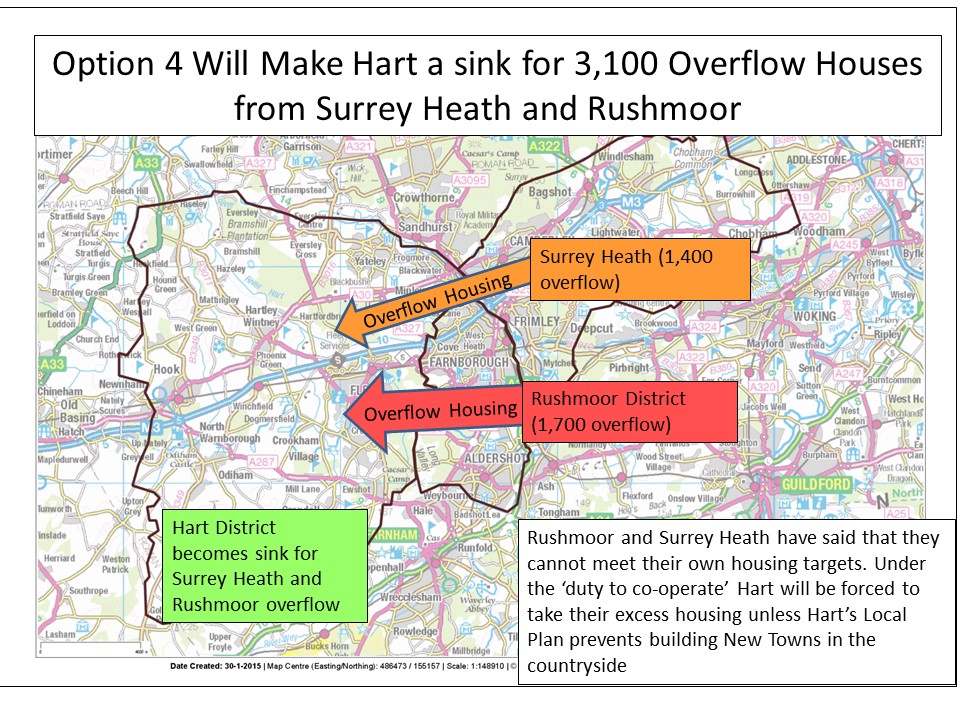
Community Campaign Hart takes aim at the Heart of Hart
Community Campaign Hart (CCH) have published a new newsletter on their website that calls for a new settlement to destroy the Heart of Hart in Winchfield.
In their article they make criticism of We Heart Hart and the good residents of Winchfield, and come to the conclusion that the only viable option for delivering the housing we need is a new settlement of 3,000-5,000 houses in Winchfield. In their article they make a number of assertions that we believe are false, and will now seek to correct them, point by point. But first, it is important that we start with the areas where we agree with CCH.
Points of Agreement
CCH say:
Until Hart have an LDP which meets the approval of a Government-appointed inspector, developers are in effect able to build on almost any greenfield site they choose
We broadly agree with this, although as in the case of Hop Garden Road in Hook, sometimes common sense can prevail especially now that Hart has more than 5 years of land supply. However, if CCH are so concerned about the lack of a Local Plan, they should work more closely with We Heart Hart and others to ensure that Hart Council takes proper steps to improve the management of the Local Plan project that has slipped its timescale by two years within two years. They would do better to use their time at council meetings to ask questions about the local plan rather than seek to stifle difficult questions.
Points of Difference
1. CCH say:
There just isn’t enough brownfield land available to accommodate that number of new homes, unless we are going to build high-rise tenement blocks along the length of Fleet Road.
This is simply not true on a number of levels. First, the council hasn’t even created a proper register of brownfield sites so it hasn’t properly assessed capacity. Second, our own work has shown there’s capacity for between 2,438 and 3,688 units, compared to the remaining unsatisfied “need” of 2,900 given at the last cabinet.

Derelict Offices on Fleet Road in Fleet, Hampshire
Third, parts of Fleet Road are a disgrace to the district and should be redeveloped, not with tenements, but with mid-rise (say 3-4 storey) high quality apartments to help young people get on the housing ladder. Finally, there is brownfield capacity all over the district including Ancell’s Farm, Bartley Wood, Pyestock, Bramshill and Guillemont Park. They really should get out more and see all of the vacant offices around the district.
2. CCH say:
With a mainline railway station far closer to it than to any other new development in Fleet; with the option to integrate new roads onto the A30 and through to the M3; together with sufficient scale to fund three new primary schools and a new secondary school, Winchfield strikes many as being the best compromise
This is economic incompetence of the highest order. The council’s own assessment of infrastructure needs points to costs of over £300m for a new town including the schools, but not including improvements to healthcare. The ballpark estimate for developer contributions made by a senior Hart Councillor is around £40m. There’s already a £78m infrastructure funding deficit in the district and £1.9bn across Hampshire. Not only would a new town at Winchfield destroy green fields, it would destroy ancient hedgerows and put at risk SSSI’s and SINCs, but it would no doubt further increase congestion in Fleet and Church Crookham.
3, CCH say:
Consequently they have resorted to social media and other marketing techniques to promote the ‘wehearthart’ message.
However, their messaging is incomplete. They point to the council wishing to build a new town at Winchfield and seek to demonize anyone who may have reached the conclusion, however reluctantly, that a new town at Winchfield is the least worst solution out of an abhorrent set of options. They do not explain what the alternatives are, as the National Planning Policy Framework (NPPF) mandates that this level of housing must go somewhere within Hart’s borders
We do not see what is wrong with communicating with the public using social media on the serious issue of the Local Plan, particularly when the council gets its own facts wrong. However, We Heart Hart has explained what the alternatives are at some length, and the CCH Chairman of the council sought to have questions that we raised to indicate a different path censored at council meetings. The alternatives are:
a) Reduce the alleged housing need by challenging the SHMA, particularly taking into account the latest DCLG population forecasts that indicate a lower population in 2031 than assumed in the SHMA and the reducing ridiculous jobs forecasts. CCH would do well to engage with this debate instead of seeking to censor it.
b) Explore the options for reducing the assessed housing need by exploring so called “policy on” options to protect the environment and ecology. Note that Winchfield is beautiful countryside in its own right, but is also within the 5km zone of influence of the Thames Valley Heath SPA.
c) Properly get to grips with brownfield options by establishing a brownfield register, actively encouraging landlords to redevelop their derelict sites and exploring the use of Compulsory Purchase Orders on sites that have sat vacant for years with no apparent signs of progress (e.g. Hartland Park aka Pyestock).

Brownfield site: Hartland Park (Pyestock) near Fleet, Hart District, Hampshire, warehouse development not started
CCH need to wake up, smell the coffee, listen to Ranil Jaywardena and use their talents to establish a different vision to protect the countryside they profess to love rather than coming out with incomplete, inaccurate nonsense. Be careful who you vote for in next year’s local elections.
This story now covered in the local press, see here.
